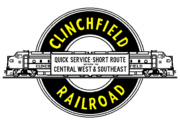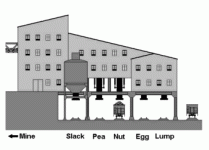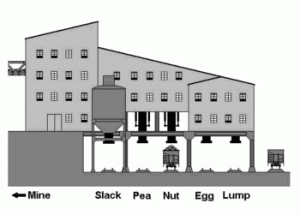CRR Operations on the Fremont Branch: the Moss Turn

by Scott Jessee
This article is a first-hand recollection of operations on the Fremont Branch as told by Scott Jessee, a Train Order Operator and Yardmaster at Dante, VA. To view a track plan for this area, click here. -Dan Bourque
 The 1st Moss Turn would go to work at 0700 hours with 9000hp on the Head end and 6000hp Pushing. It would usually get 10 to 20 Mtys out of Dante for the Lick Dock that was located at Moss #1 and would take more mtys if Moss #1 would need them. The 1st Moss Turn would then pick-up raw coal … Read more
The 1st Moss Turn would go to work at 0700 hours with 9000hp on the Head end and 6000hp Pushing. It would usually get 10 to 20 Mtys out of Dante for the Lick Dock that was located at Moss #1 and would take more mtys if Moss #1 would need them. The 1st Moss Turn would then pick-up raw coal … Read more








